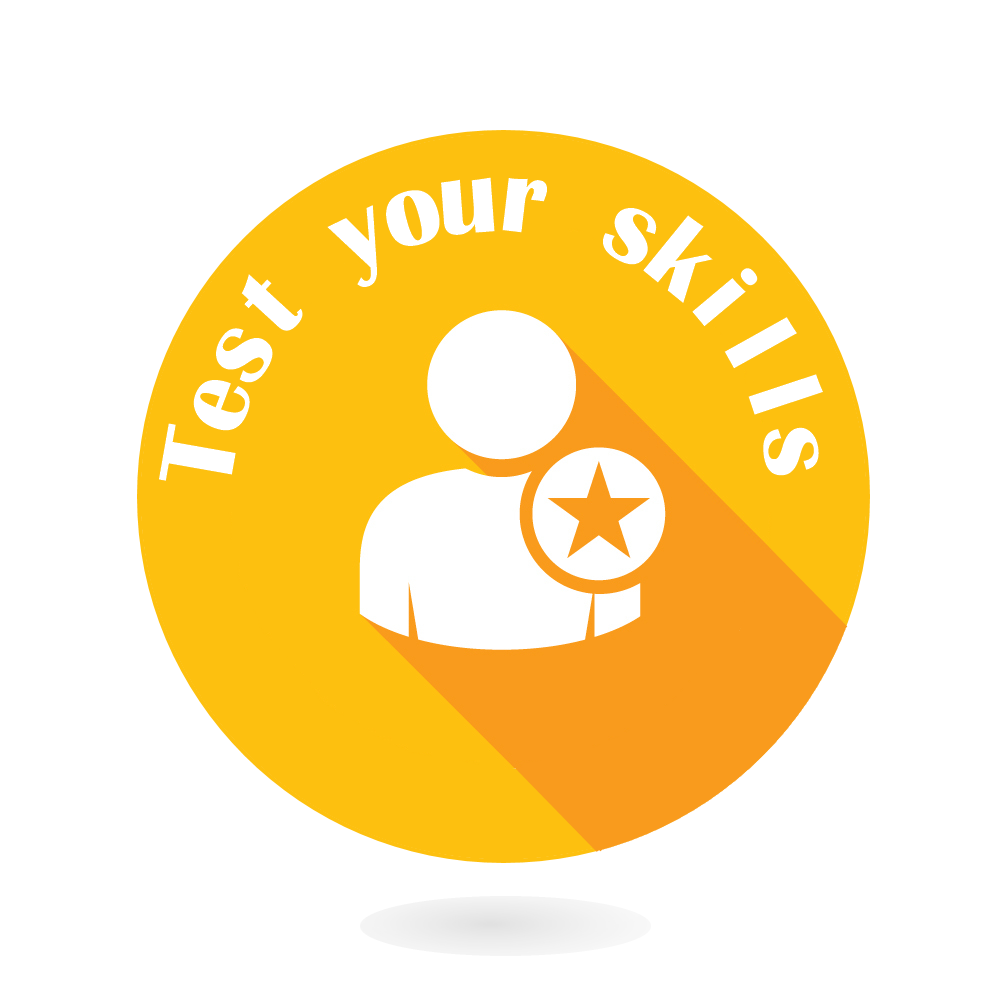Power Platform Solution Architect
pl-600
3 days
Interested in a private company training? Request it here.
Becoming a solution architect for Dynamics 365 and Microsoft Power Platform
Learn how to become a solution architect.
- Introduction to becoming a solution architect
- Existing product and platform skills
- Expectations of a solution architect
- Solution architect role during project phases
- Pillars of a great architecture
- Check your knowledge
Discover customer needs as a Solution Architect for Dynamics 365 and Microsoft Power Platform
Learn how to ask customers questions about their business processes and feature requirements to create a viable solution.
- Introduction and discovery overview
- Initial customer discovery
- Customer discovery meetings
- Customer communication strategy
- Check your knowledge
Propose a solution as a Solution Architect for Microsoft Power Platform and Dynamics 365
Learn how to propose a solution.
- Introduction and overview to proposing a solution
- Identify solution components
- Develop and validate a demo
- Identify potential third-party components
- Recognize strengths and weaknesses in a solution
- Check your knowledge
Work with requirements for Microsoft Power Platform and Dynamics 365
It is important to capture the customer’s needs accurately. This module explains how to capture requirements and identify functional and non-functional items.
- Lead requirement capture sessions
- Identify functional requirements
- Identify non-functional requirements
- Confirm and finalize requirements
- Check your knowledge
Perform fit gap analysis
Learn about performing a fit gap analysis as a solution architect for Dynamics 365 and Microsoft Power Platform.
- Introduction to fit gap analysis
- Determine feasibility of requirements
- Refine requirements from proof of concept insights
- Categorize business requirements and perform gap fit analysis
- Evaluate Dynamics 365 and Microsoft Power Platform apps
- Check your knowledge
Solution Architect series: Implement project governance for Power Platform and Dynamics 365
Learn about project governance as a solution architect.
- Introduction to project governance
- Project governance
- Solution architect’s role in project governance
- Techniques for keeping a project on track
- Work as a team
- Check your knowledge
Solution Architect series: Power Platform architecture
Learn about Microsoft Power Platform architecture.
- Environments
- Environment data location
- Work with data
- Custom logic
- Platform limits
- High availability and disaster recovery considerations
- Check your knowledge
Solution architect series: Model data for Power Platform solutions
Learn how to work with data modeling in Microsoft Power Platform solutions as a solution architect.
- Common Data Model
- Data modeling
- Choose a data store
- Data modeling for Dataverse
- Best practices for Dataverse
- Exercise - Model data
- Architecture of Fabrikam data model and devices
- Report data and handle primary visitors
- Handle visitors, waivers, and photos
- Example data model solution
- Check your knowledge
Solution Architect series: Evaluate Power Platform analytics and AI
Learn about reporting and analytics in Microsoft Power Platform.
- Power Platform reporting capabilities
- Power BI overview
- Data requirements
- Power BI and Power Platform
- Dataflows
- AI
- Check your knowledge
Solution Architect series: Explore Power Apps architecture
Explore the architecture of Microsoft Power Apps.
- Common app patterns
- App composition
- Components
- Optimize canvas apps
- Microsoft Teams and Power Apps
- Portal apps
- Check your knowledge
Solution Architect series: Plan application lifecycle management for Power Platform
Solution architects for Microsoft Power Platform need to define the environment strategy and application lifecycle management (ALM) for transporting work from development to test to production.
- Key considerations for ALM
- Solutions
- Configuration and reference data
- Release process
- ALM with Azure DevOps
- Check your knowledge
Explore Power Automate architecture
Explore the architecture of Microsoft Power Automate.
- Triggers
- Common actions
- Error handling
- Best practice
- Business process flows
- Check your knowledge
Solution architect series: Model security for Power Platform solutions
Lean about security functionality within Microsoft Dataverse.
- Environment security
- Data loss prevention
- Access to Dataverse
- Security in apps
- Exercise - Security modeling
- Check your knowledge
Solution Architect series: Implement integrations with Power Platform
Learn how to implement integrations in Microsoft Power Platform solutions.
- Integration challenges
- Inbound data integration
- Outbound data integration
- Check your knowledge
Solution architect series: Explore Power Virtual Agents
Learn how Power Virtual Agents are used in solutions.
- Chatbot building options
- Chatbot concepts
- Best practices
- Integrate chatbots
- Power Virtual Agents in Teams
- Check your knowledge
Solution architect series: Explore robotic process automation
Learn about Microsoft Power Automate for desktop and its capabilities.
- Power Automate for desktop
- Record and edit tasks
- Run desktop flows
- Process advisor
- Check your knowledge
Solution Architect series: Testing and go-live
The solution architect role is continuous; they must also deploy the solution.
- Plan for go-live
- Data migration
- Plan for go-live
- Check your knowledge
The Solution Architect is responsible for the successful design, implementation, deployment and adoption of an overall solution. The Solution Architect ensures that the solution meets the customer’s needs now and in the future. In this course, students will learn about decisions a Solution Architect makes during an implementation, covering security, integrations, Power Apps architecture, Power Automate architecture, and more. This course is designed to give you an introduction to the Solution Architect role.
Senior Consultants (both functional and technical) that aspire to be Solution Architects, or current Solution Architects that are new to the role.







